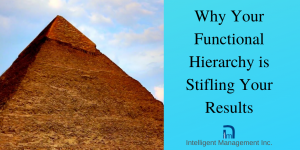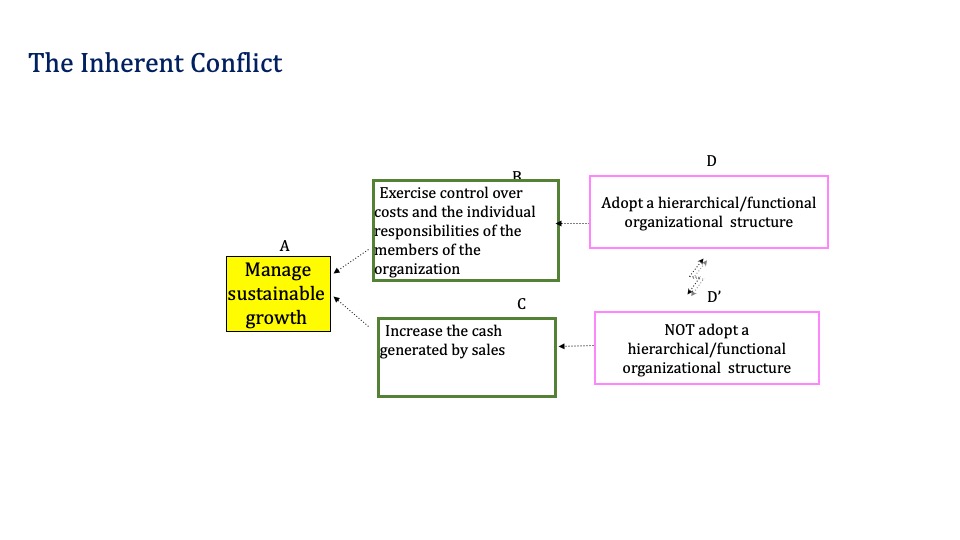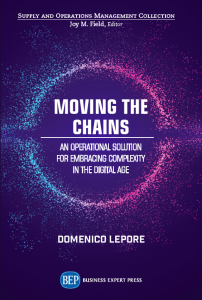
We’re in week two of the course we were invited by the University of Venice to design and deliver for businesses so they can manage complexity. To survive and thrive in our new reality dominated by complexity, companies need to adopt a systemic perspective and a systemic way of operating. So it was satisfying to see this week that the World Economic Forum published an article with the title Why the World Needs Systems Leaders Not Selfish Leadership
Changing how we think to manage complexity
When we hit a billiard ball we know what will happen next. It’s a predictable trajectory. Even just 50 years ago our reality was simpler in many ways and it was easier to think of things in terms of predictable trajectories. University degrees would guarantee a better paid job and a career. It was not unusual for companies to hire employees and keep them for decades. Organizations could be managed as top-down hierarchies because nobody expected anything different. Company life followed a line of linear thinking where the future would be an extension of the past and present. This kind of thinking is well reflected in the use of Excel spreadsheets, where data fits neatly into boxes and any kind of “forecast” can simply be extrapolated from that data.
Living with complexity, instead, as we do today, means living with a continuous increase in interdependencies. These interdependencies generate dynamics that are not linear. They give rise to emergent properties that are something distinct form the components they emerge from and they create networks of conversations.
The problem arises when people try and operate using linear thinking within our contemporary reality. If we attempt to tackle complexity with a linear mindset, we inevitably try to “break it down into its parts” in an attempt to understand it, the way you would take apart a piece of machinery to see how it works. This is a “mechanistic” way of understanding reality and there is a reason why people attempt it. They have a need to understand the components.
What has complexity got to do with hierarchy?
We can spot a mechanistic mindset behind the traditional form of organization that operates with a functional hierarchy.
As far back as Moses, we encounter the idea of a hierarchy. Moses’ father-in-law Jethro saw that Moses was exhausting himself in trying to administer the law to all the people so he suggested that Moses “appoint leaders of thousands, leaders of hundreds, leaders of fifties and leaders of tens”. This hierarchy was based on competence. However, over the centuries, organizations have shaped themselves into functional hierarchies and this has led to the creation of silos.
Silos are responsible for much of the frustration and waste of energy that typify the way work is carried out in organizations today. The artificial barriers that silos create can only interrupt the natural flow of processes and efforts towards achieving the goal. Silos lead to levels of permissions and bureaucracy that inevitably inhibit results.
Mind your interdependencies
If every action that people carried out in their work had zero interaction with the work of others, then we would not have to worry about interdependencies. An example of this would be a bowling team. The goal is to win the game. In a straightforward, linear way, each bowler bowls to the best of their ability and the team scores points. Each bowler acts independently. The highest scoring team wins.
Now think of an orchestra. The goal is to perform a given piece of music to the highest standard the musicians are capable of. None of the musicians can act independently because in order to achieve the goal they all have to follow the same score and tempo. They have to interdepend. The orchestra model is much closer to how an organization needs to behave to achieve its goal in a complex world.
Achieving ten times more with what you have
Let’s make a bold statement here. Many companies could probably achieve ten times what they are achieving with the competencies they currently have available. So why don’t they?
Most people think that if they improve the performance of all the people and all the machines in their company then there will be an overall improvement. This is linear thinking and it is not true. The whole is NOT the sum of the parts.
If we take our thinking deeper, we can see that, whether or not they are conscious of it, most organizations are living through an inherent conflict that is preventing them from achieving what they are capable of with what they have. A conflict (in some cases a paradox) can be a systemic way of framing a problem or situation of blockage in order to find a breakthrough solution. We can use the Conflict Cloud, one of the systemic Thinking Processes from the Theory of Constraints to help us see the conflict affecting most organizations.
If our goal is to manage sustainable growth (A), then we will have a legitimate need to exercise control over costs and the individual responsibilities of the members of the organization (B) and this need will lead us to want to adopt a hierarchical/functional organizational structure (D).

On the other hand,
if our goal is to manage sustainable growth (A), then we will have a legitimate need to increase the cash generated by sales (C) and this need will lead us to want to NOT adopt a hierarchical/functional organizational structure (D).
 So now we can see the conflict clearly and the legitimate needs that create the conflicting positions. The reason why this conflict exists in the first place is because we make a series of assumptions. We can call these assumptions mental models. Let’s verbalize the assumptions that are the “connective tissue” of the conflict.
So now we can see the conflict clearly and the legitimate needs that create the conflicting positions. The reason why this conflict exists in the first place is because we make a series of assumptions. We can call these assumptions mental models. Let’s verbalize the assumptions that are the “connective tissue” of the conflict.

What will allow us to break out of the “prison” of this conflict? First, we must verbalize the assumptions between D and D’.

When we verbalize the assumptions between D and D’ we will see that they can be challenged. By challenging them we pave the way to creating a systemic solution, or “Injection” as it is called in the Theory of Constraints. An Injection is a statement that invalidates an assumption but it must also protect the legitimate needs in B and C.  When companies address this conflict with a systemic solution, they can pave the way to achieving radically more with the competencies they have and they will provide an environment that is much more satisfying and rewarding for all of its employees.
When companies address this conflict with a systemic solution, they can pave the way to achieving radically more with the competencies they have and they will provide an environment that is much more satisfying and rewarding for all of its employees.
SCHEDULE AN INTRODUCTORY CALL WITH US ‘






Leave a Reply